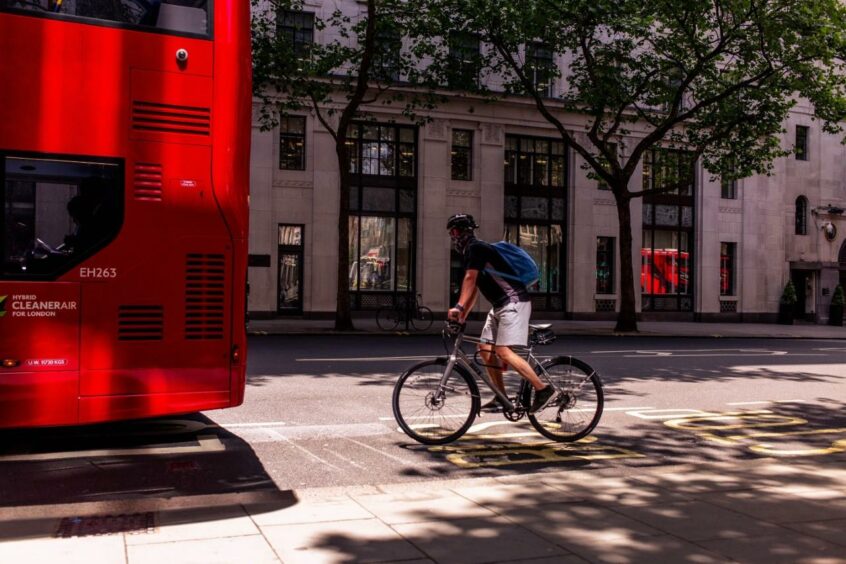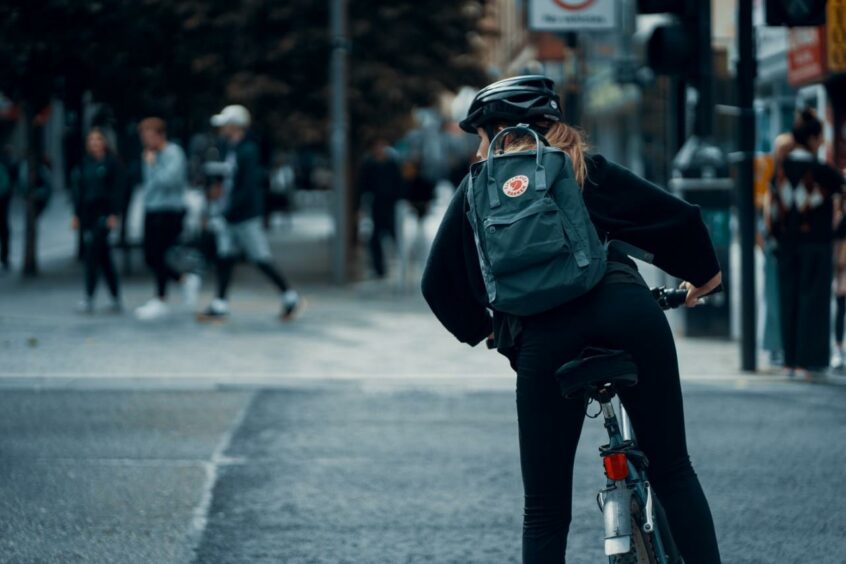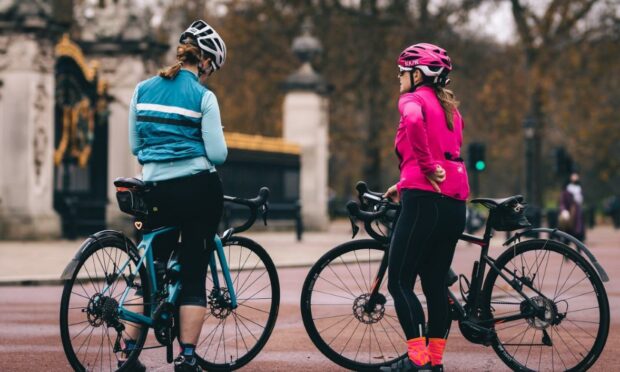As driving laws recently changed to allow cyclists to cycle in the centre of the lane, experts have provided guidance to motorists on how they can keep cyclists safe on the roads.
Using government data, Merlin Cycles analysed the number of cycling accidents on UK roads from 2015-2020, and the conditions around them – and figures show that the majority of pedal cycle fatalities occurred in two-vehicle accidents with a car.
Fatalities more common in rural areas

Key findings showed that in just five years, serious injuries between cyclists and vehicles rose by 26% – and were more likely to happen on urban roads in cities. However, fatalities more commonly happen in rural areas.
Not performing the necessary checks means that it’s easy for drivers to fail to spot an approaching bike rider
Other findings showed that rush hour – or 5.30pm – is when cyclists are most commonly injured on roads with 38.1% of all cyclist casualties happening at staggered junctions.
Rick Robson of Merlin Cycles said: “Out of 11,348 incidents where the top-reported contributory factor was a road-user, ‘failing to look properly,’ 3,782 pedal cyclists were seriously injured.
“Not performing the necessary checks before a manoeuvre means that it’s easy for drivers to fail to spot an approaching bike rider.”

Checking for blind spots when driving
When performing a turn drivers should slow down, use their indicators to show their intent, and carry out a thorough traffic check. Signalling with indicators early will also give the bike rider more time to spot the turn and react.
If the driver spots a cyclist approaching, they should never assume that the cyclist will stop and let them turn.
The safest course of action to prevent a crash is for the driver to come to a complete stop and let the cyclist pass, or wait to see if the cyclist stops to let them turn.
Giving extra consideration to cyclists when driving near them
Of 4,171 collisions, 1,644 pedal cycle incidents ended in serious injury due to a driver or rider “misjudging” the other person’s path or speed.
”Misjudging” differs from “failing to look”. The former means that a driver is already aware of a cyclist’s presence but hasn’t taken into consideration where they might be going or what their next action will be.
This lack of attention can be just as dangerous as not spotting them.
Correctly adjusting your car lights at night time
If a driver is moving towards an oncoming cyclist on the opposite side of the road, their lights may dazzle the cyclist — even at a distance.
As the cyclist approaches, the driver can dip their headlights to give the rider better visibility.
Don’t race to overtake cyclists
Often, decisions are made based on how fast a cyclist is travelling. But it can be difficult to accurately judge an oncoming cyclist’s speed by sight alone.
To avoid misjudging a cyclist’s speed or next action, drivers should give them the benefit of the doubt. When pulling out of a space, drivers should stop to let cyclists pass rather than race to exit before they catch up to them.
See the full Government data at gov.co.uk, Reported road casualties in Great Britain.










